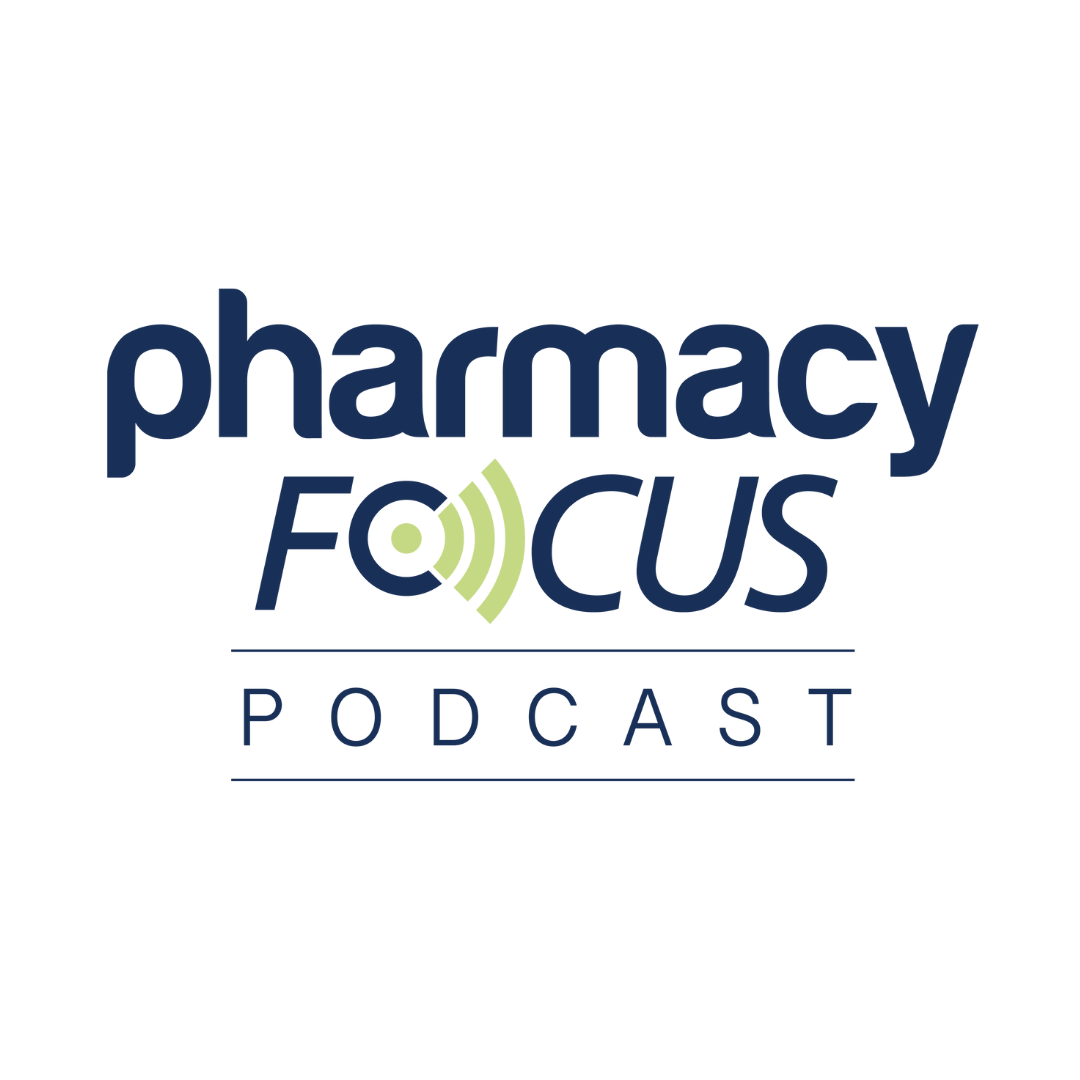Fitusiran (Qfitlia; Alnylam Pharmaceuticals, Sanofi) was effective in the long term at reducing antithrombin (AT) and restoring sufficient thrombin generation (TG) to achieve hemostasis and reduce bleeding episodes in patients with hemophilia A and B, with and without inhibitors, under both a standard dose and an AT-based dose regimen, according to results from a phase 2 open-label extension trial (NCT02554773) published in Blood Advances.1,2
Part of a new class of AT-targeting small interfering RNA (RNAi) drugs, fitusiran aims to lower AT activity levels and increase TG to rebalance hemostasis in patients with hemophilia. Previously conducted clinical trials have found that the drug reduces the frequency and severity of bleeding episodes while lowering a patient’s annualized bleeding rate (ABR), with no severe adverse events (AEs). Still, more long-term data is necessary beyond the months-long follow-up periods reported in these prior trials.1,3
In the current investigation, study authors conducted a long-term analysis of patients who tolerated and completed fitusiran treatment in a phase 1 multiple ascending dose study. Patients eligible for enrollment were males aged 18 years or older with moderate or severe clinically stable hemophilia A or B. The primary objective of the analysis was to determine the long-term safety and tolerability in this population, with safety assessments including the incidence of treatment-emergent AEs and serious AEs. Secondary end points included investigating the long-term efficacy of the treatment through ABR measurements and patient health-related quality of life (HRQoL) determinations.1
The modified AT-based dose regimen was included following the nonfatal thrombotic events reported in other clinical trials within the fitusiran development program. These events led to the suggestion that very-low AT activity levels were associated with an increased risk of thrombotic events. To ameliorate this risk, the investigators added the modified regimen to the trial—a reduced dose of 50 mg administered every second month subcutaneously—to counter this risk.1
About the Trial
Trial Name: An Open-label Extension Study of an Investigational Drug, Fitusiran, in Patients With Moderate or Severe Hemophilia A or B
ClinicalTrials.gov ID: NCT02554773
Sponsor: Genzyme, a Sanofi Company
Completion Date: March 21, 2023
Thirty-three of the 34 patients receiving the original dose regimen (97.1%) experienced 1 or more TEAE, with TE-serious AEs being reported in 13 participants (38.2%). Among the 18 participants who received the AT-based dose regimen, 14 (77.8%) experienced 1 or more TEAE; critically, there were no “suspected or confirmed thromboembolic events,” according to the investigators. Regarding the prevention of bleeding, fitusiran prophylaxis effectively maintained bleed protection over a 6-year follow-up period. Observed median ABR during the efficacy period was about 0.70 in the original dose regimen and 0.87 in the AT-based dose regimen period, the investigators found.1
AT activity levels were also assessed following fitusiran treatment. Monthly dosing with fitusiran in the original dose regimen period led to sustained lowering of AT activity levels, with a mean reduction of 96% from baseline to end point and a mean AT percentage change of -86%. Contrastingly, patients treated with the AT-based dose regimen had a mean reduction of 82% and a mean AT percentage change of -77% from baseline to end point, according to the investigators.1
The FDA recently granted regulatory approval to fitusiran for prophylactic hemophilia A and B treatment regardless of inhibitor status. The data from this phase 2 open-label extension trial reaffirm the long-term utility of fitusiran in lowering ABR and preventing serious bleed episodes. Future research should continue to evaluate long-term outcomes and the association of fitusiran with thrombotic episodes, and pharmacists should counsel patients on this risk before initiating treatment with fitusiran.1,4
REFERENCES
1. Pipe SW, Lissitchkov T, Georgiev P, et al. Long-term safety and efficacy of fitusiran prophylaxis, and perioperative management, in people with hemophilia A or B. Blood Adv. 2025;9(5):1147-1158. doi:10.1182/bloodadvances.2023013900
2. ClinicalTrials.gov. An Open-label Extension Study of an Investigational Drug, Fitusiran, in Patients With Moderate or Severe Hemophilia A or B. National Library of Medicine. Last Updated June 5, 2024. Accessed April 4, 2025.
3. Gallagher A. Fitusiran is a drug to watch in the hematology space in 2025. Pharmacy Times. Published February 1, 2025. Accessed April 4, 2025. https://www.pharmacytimes.com/view/fitusiran-is-a-drug-to-watch-in-the-hematology-space-for-2025
4. Halpern L. FDA approves fitusiran for prophylactic hemophilia A, B treatment regardless of inhibitor status. Pharmacy Times. Published March 28, 2025. Accessed April 4, 2025. https://www.pharmacytimes.com/view/fda-approves-fitusiran-for-prophylactic-hemophilia-a-b-treatment-regardless-of-inhibitor-status







